A groundbreaking study published in Creativity Research Journal in September found increased creativity in employees who worked in a building designed according to Maharishi Vastu® architecture. In the first study of its kind, all employees of an architectural consulting firm in a major metropolitan city in the eastern United States moved into a Maharishi Vastu office building.

The Maharishi Vastu building developed by the Tower Companies, at 2000 Tower Oaks Boulevard, where NIKA, the architecture firm in the study, has their offices (photo by Ron Blunt)
The study found that they scored higher on the standardized Torrance Tests of Creative Thinking compared to four months earlier in their previous workplace. There was less than a 1 percent possibility that the result was due to chance.
“This research experimentally demonstrated that moving from a conventional architecture building into a Vastu building led to large, measurable improvements in employee creativity, in particular in the originality of the ideas generated and their open-ended and detailed elaboration,” said Anil Maheshwari, Ph.D., lead author of the study and professor of management information systems at Maharishi University of Management.
“I think every organization, big and small, could benefit from this,” he added.
Architecture in Harmony with Nature
Maharishi Vastu architecture is a traditional system of architecture that originated in India and is also known there as Vastu or Sthapatya Veda. Features of Maharishi Vastu design include:
- Alignment with the cardinal directions of east, west, north, and south
- A silent central area called a Brahmasthan
- Specific proportions of rooms
- Specific placement of rooms, based on usage
- Appropriate slope and shape of the land
- An unobstructed view of sunrise
- A location that’s distant enough from major sources of electromagnetic radiation
- The use of natural materials and solar energy
The researchers hypothesized that this architecture would have a wide range of benefits because features such as these are more in harmony with nature and natural cycles.
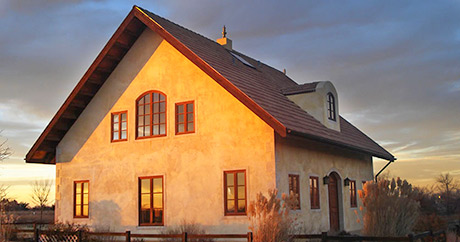
A hemp-block Maharishi Vastu home in Fairfield, Iowa
“It may seem unfamiliar to a Western, scientific perspective, but the fact is that our physiology is intimately tied to the material and rhythms and forces of the earth and sun,” Dr. Maheshwari said.
“Traditional systems of architecture, which have arisen in many places around the world over a long span of time, take these things into account. And now we’re intent on seeing whether the supposed benefits can be scientifically verified,” he explained.
Earlier exploratory studies have documented that specific elements of the Maharishi Vastu system can influence mental and heart health for occupants of buildings using this style of architecture.
Visit MaharishiVastu.org for more information and a wide variety of examples of Maharishi Vastu architecture.
“It may seem unfamiliar to a Western, scientific perspective, but the fact is that our physiology is intimately tied to the material and rhythms and forces of the earth and sun.” —Dr. Anil Maheshwari
Greater Originality and Depth of Creativity
The Torrance Test of Creative Thinking (TTCT) includes three assessments of verbal creativity and five of figural creativity (e.g., picture construction and completion). The researchers hypothesized that subjects working within Maharishi Vastu architecture would show improvement on all eight assessments.
Since before-and-after tests can result in higher scores on the second test simply due to familiarity with the testing instrument, TTCT has two different but comparable versions to control for familiarity and learning. One version is used in the initial condition and the other version is used after the variables have been applied.
In this study, 32 employees took one version of the test in the location with conventional architecture, and 22 employees took the second version of the test in the Maharishi Vastu location. Of these, 21 employees were the same and took the tests at both locations.
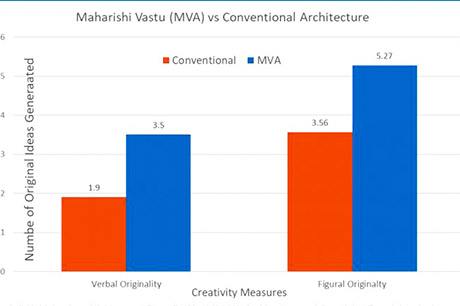
Source: Anil K. Maheshwari and Margaret P. Werd (2019), “Architecture and Creativity: Examining the Impact of Maharishi Vastu on Workplace Creativity,” Creativity Research Journal.
The results of the verbal tests found a statistically significant (p < 0.05) increase (84 percent) in originality, or unique, unconventional ideas generated, but not in fluency and flexibility.
On the figural tests, which require the subject to expand on a series of incomplete figures, the results showed a large, statistically significant (p < 0.01) increase in tests of originality (48 percent), elaboration (61 percent), and resistance to closure (40 percent), or a focus on pursuing new directions to complete a task. Tests of figural fluency and the ability to name an abstract, original concept didn’t show an effect.
Although this is the first study of its kind on the effect of Maharishi Vastu architecture on creativity, many research studies on the Transcendental Meditation® (TM®) technique have shown that the practice helps increase creativity and mental clarity from within.
The results of the verbal tests found a statistically significant (p < 0.05) increase (84 percent) in originality, or unique, unconventional ideas generated.
A Boon for Life and Business
Margaret Rose Werd, the co-author of this study, noted that the architectural consulting company, NIKA, was delighted with the results. “Creativity, especially the sort of figural creativity measured by TTCT, is an important trait for an architect. The company was pleased to have this objective support for the experience of greater creativity described by their employees,” she said.
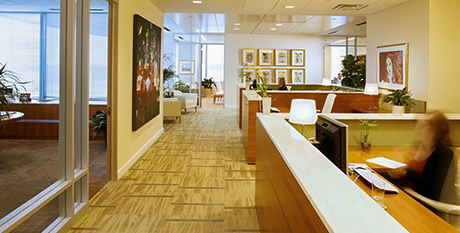
An office environment designed according to Maharishi Vastu at The Tower Companies, 2000 Oak Towers Boulevard
“Not many developers deliver that kind of return on rent!” said Jeffrey Abramson, partner at The Tower Companies, which developed the Maharishi Vastu building.
Jon Lipman, A.I.A., director of Maharishi Vastu services for North America, said, “We hope that more developers will build according to Maharishi Vastu principles and create spaces for the effortless flourishing of life and business.”
This research was the first longitudinal empirical study using standardized measures of creativity to look at the effect of buildings on employee performance in an organization. Data from more organizations would help to validate the results across multiple industries and locations. This research study can be accessed at: https://doi.org/10.1080/10400419.2019.1667943
“We hope that more developers will build according to Maharishi Vastu principles and create spaces for the effortless flourishing of life and business.” —Jon Lipman, A.I.A., Director, Maharishi Vastu for North America
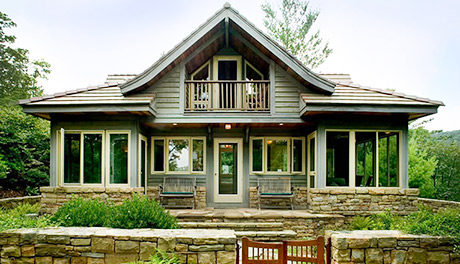
A Maharishi Vastu cottage in North Carolina, U.S.A.
Learn about Maharishi Vastu architecture and see more examples here ►

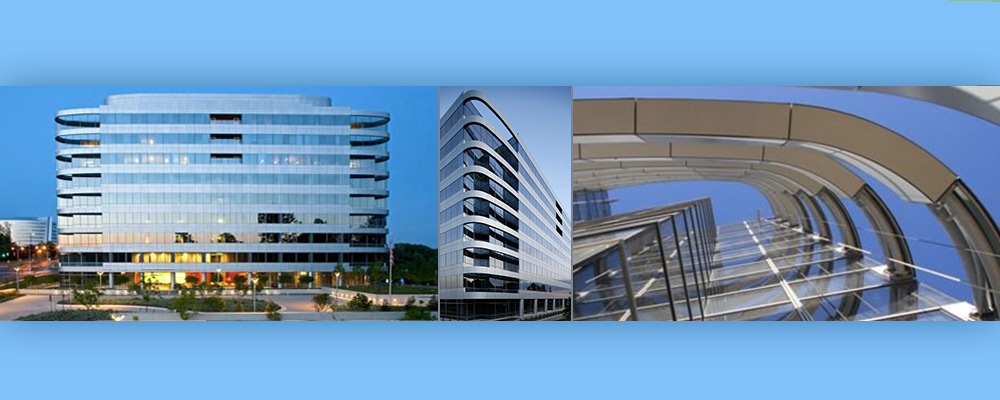
Comments